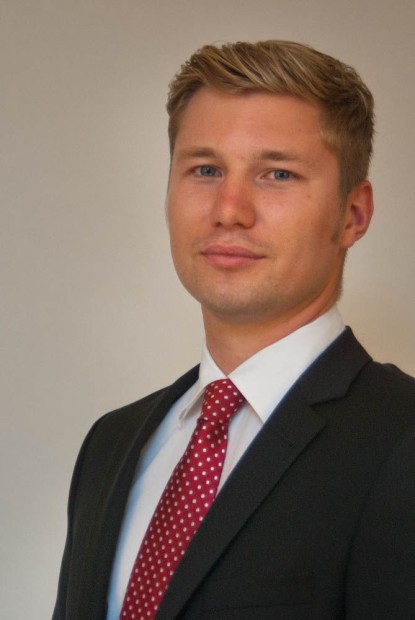Dr. Michael Stephan
Arbeitsgebiet(e)
Kontakt
Methods
Thermographic phosphors are ceramics doped with rare earths or transition metals. The excitation
of those materials is typically in the UV-range whilst the emission is mostly in the visible region, depending on the phosphor.
The ratio method utilizes the temperature dependent spectral shift of the luminescence and can be used in combination with an in situ calibration for temperature measurements.
To ensure even more robust results the temperature measurements with thermographic phosphors are combined with structured laser illumination planar imaging (SLIPI). The subsequent suppression of multiple scattering enables the technique to visualize unbiased 2D temperature fields and enhances the temperature sensitivity of the calibration curve.
Simultaneously a PIV (particle image velocimetry) with the same tracer material is performed in order to generate a vector velocity field.
Articles
M. Stephan, H. Lee, B.Albert , A. Dreizler, B. Böhm. „Simultaneous planar gas-phase temperature and velocity measurements within a film-cooling configuration using thermographic phosphors“ In: 18th International Symposium on the Application of Laser and Imaging Techniques to Fluid Mechanics. Lisbon, 2016, pp. 1-14.
F. Zentgraf, M. Stephan, E. Berrocal, B.Albert, B. Böhm, A. Dreizler. „Application of structured illumination to gas phase thermometry using thermographic phosphor particles : a study for averaged imaging“ In: Experiments in Fluids 58(7), 2017,pp. 58 – 82 .




